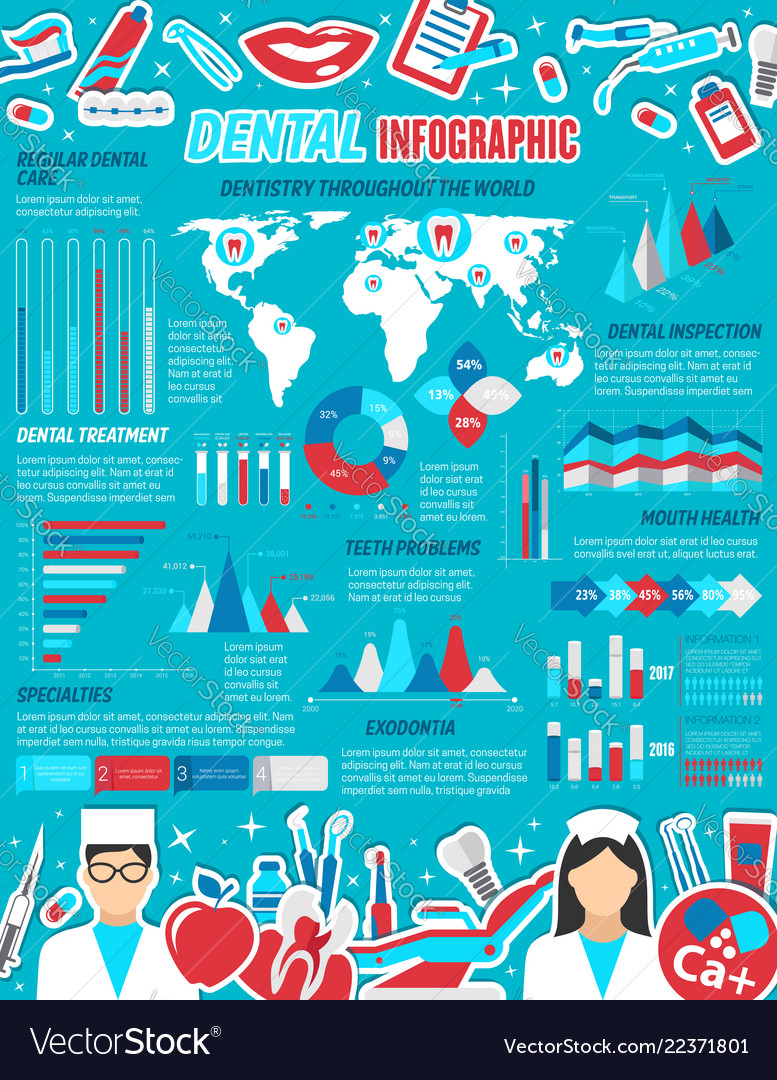Investigate The Sophisticated Developments That Are Changing Oral Surgery. Discover What The Future Holds For This Area And Keep Yourself Notified. Click Currently For An Exclusive View Of Upcoming Innovations
Investigate The Sophisticated Developments That Are Changing Oral Surgery. Discover What The Future Holds For This Area And Keep Yourself Notified. Click Currently For An Exclusive View Of Upcoming Innovations
Blog Article
Staff Writer-Kokholm Jefferson
Welcome to the world of dental surgery, where technologies and developments are forming the future of the area! In this amazing realm, you'll witness the transformative power of robotics, the sophisticated wonder of 3D printing, and the game-changing impact of minimally invasive techniques.
dental insurance of oral surgery holds a promise of precision, performance, and boosted client results. With the help of advanced robotics, surgeons have the ability to perform complicated treatments with greater precision and control.
3D printing technology is revolutionizing the development of dental implants and prosthetics, supplying personalized options that fit seamlessly into each patient's special composition.
Furthermore, minimally intrusive methods are minimizing post-operative pain and recuperation time, allowing patients to return to their lives quicker.
Get ready to explore the interesting advancements and advances that are improving the landscape of dental surgery!
Innovations in Robotics
One major improvement in oral surgery is using robot technology, which permits precise and efficient procedures. With the help of robot systems, dental doctors have the ability to do intricate surgeries with improved accuracy, reducing the risk of human mistake.
These robotic systems are furnished with sophisticated imaging modern technology and exact instruments that allow cosmetic surgeons to browse through intricate anatomical frameworks easily. By making use of robotic innovation, cosmetic surgeons can achieve higher medical precision, leading to enhanced patient outcomes and faster recovery times.
On top of that, using robotics in oral surgery enables minimally invasive procedures, decreasing the injury to surrounding cells and advertising faster recovery.
3D Printing in Dental Surgery
To boost the area of dental surgery, you can explore the subtopic of 3D printing in dental surgery. This cutting-edge modern technology has the prospective to transform the method dental doctors operate and treat clients. Here are 4 vital ways in which 3D printing is shaping the field:
- ** Personalized Surgical Guides **: 3D printing permits the development of highly accurate and patient-specific surgical overviews, enhancing the precision and efficiency of treatments.
- ** Implant Prosthetics **: With 3D printing, dental specialists can produce personalized implant prosthetics that perfectly fit a client's unique makeup, leading to better results and individual contentment.
- ** Bone Grafting **: 3D printing makes https://www.dental-tribune.com/news/resista-dental-implants-made-in-italy-on-display-at-aeedc-2023/ for the production of patient-specific bone grafts, minimizing the demand for typical implanting techniques and improving healing and healing time.
- ** Education and Educating **: 3D printing can be made use of to produce sensible surgical versions for instructional purposes, allowing oral surgeons to practice complex procedures before doing them on individuals.
With its potential to enhance precision, modification, and training, 3D printing is an exciting development in the field of oral surgery.
Minimally Intrusive Methods
To even more advance the field of dental surgery, welcome the possibility of minimally invasive methods that can substantially profit both surgeons and patients alike.
Minimally invasive techniques are revolutionizing the field by lowering medical trauma, reducing post-operative discomfort, and increasing the recuperation process. These strategies involve making use of smaller incisions and specialized instruments to carry out treatments with accuracy and effectiveness.
By utilizing sophisticated imaging technology, such as cone beam calculated tomography (CBCT), surgeons can accurately plan and execute surgeries with marginal invasiveness.
Additionally, using lasers in oral surgery enables specific tissue cutting and coagulation, resulting in decreased bleeding and minimized recovery time.
With minimally intrusive techniques, individuals can experience faster healing, reduced scarring, and enhanced results, making it a necessary aspect of the future of oral surgery.
Conclusion
So, as you can see, the future of oral surgery is exceptionally appealing, with exciting technologies and advancements forming the field.
From the innovations in robotics to making use of 3D printing and minimally invasive techniques, dental surgeons are transforming the method they supply treatment.
While some may worry about the potential price associated with these improvements, it is very important to remember that these modern technologies eventually enhance person end results and minimize healing time, making them well worth the financial investment over time.
